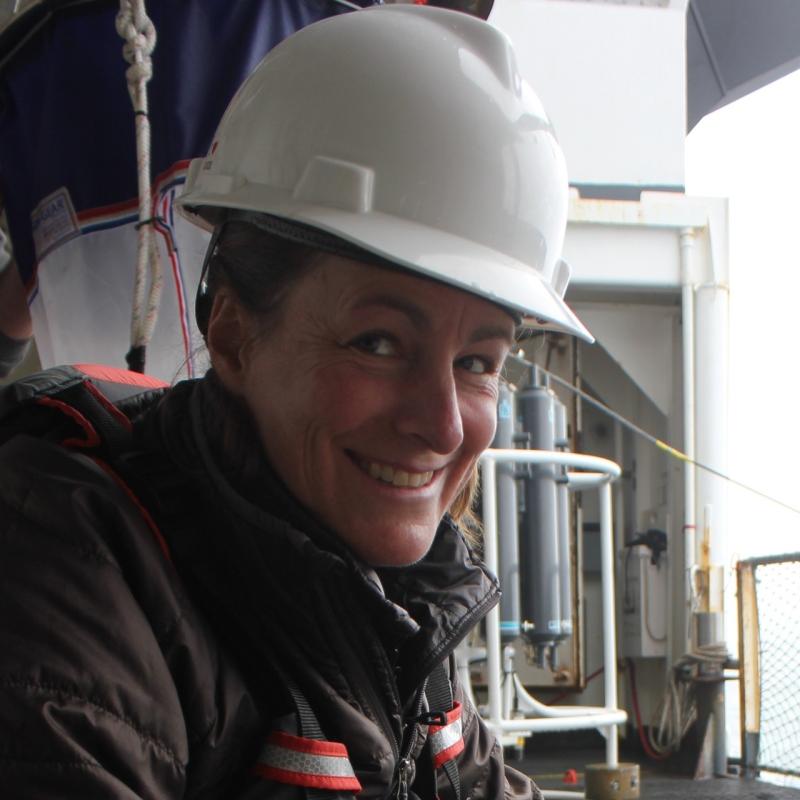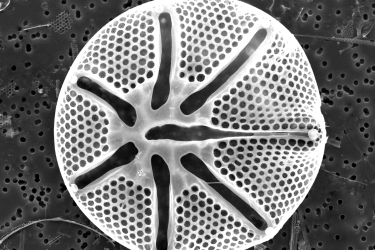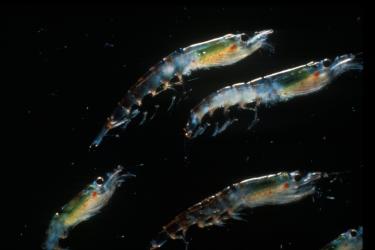We are currently a few days into a 12 day research cruise aboard the NOAA ship Bell M. Shimada and things have finally settled down enough to catch up on a few things- including blogs. The northern California Current Ecosystem Survey samples from northern Washington to the Oregon/California border, and offshore to 200 nm off Newport, Oregon and 150 nm off Crescent City, California. The goal of the survey is to characterize the physical environment, and the lower trophic level ecosystem, that in turn sustains higher trophic levels. These surveys place our fortnightly sampling along the NH line into a broader geographic perspective.
This survey is also part of a larger collaboration with Oregon State University researchers (PIs Maria Kavanaugh and Bob Cowen) studying the marine biodiversity and size structure (from phytoplankton to larval fish) across broad spatial scales in the northern California Current. The data collected on this survey will be used to understand plankton and higher trophic level relationships within dynamic ocean habitats that can be scaled up from the ship to global satellite observations.
First impressions so far- all signs are pointing towards an ocean ecosystem that is cool and productive with 8° bottom water on the continental shelf off Newport, Oregon and Crescent City, California. The nearshore phytoplankton community has been dominated by diatoms and the offshore plankton nets have been dominated by cold water oceanic copepods Neocalanus spp.
Follow us as we write about the different projects on board and talk about what we are seeing on the water and in our plankton nets.




